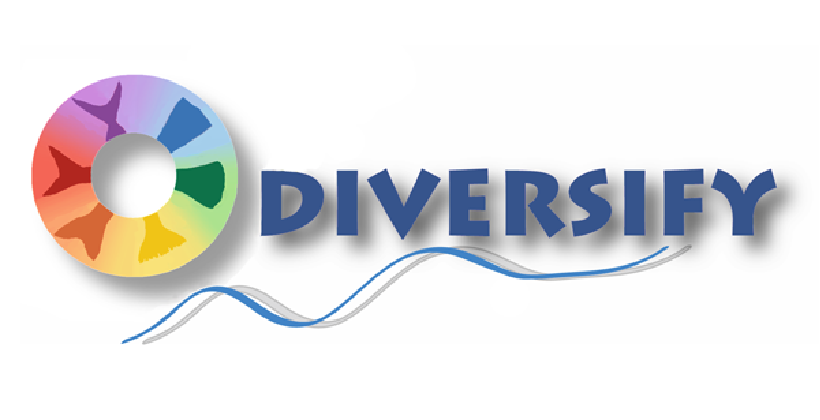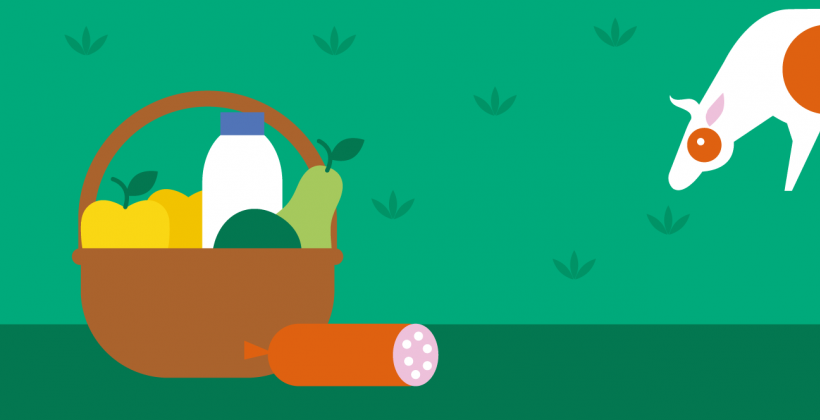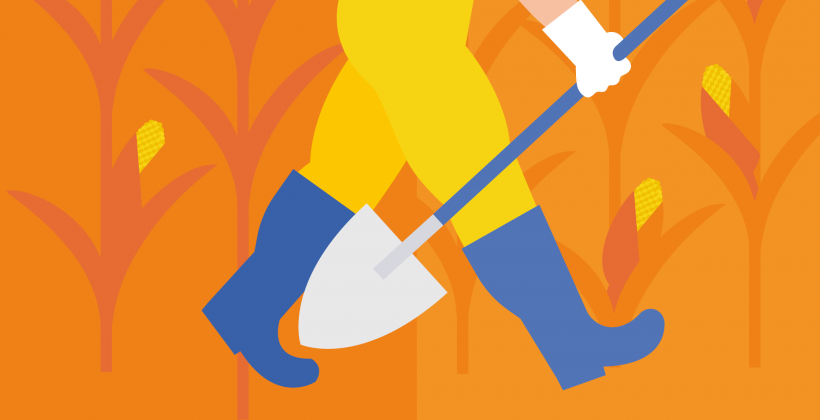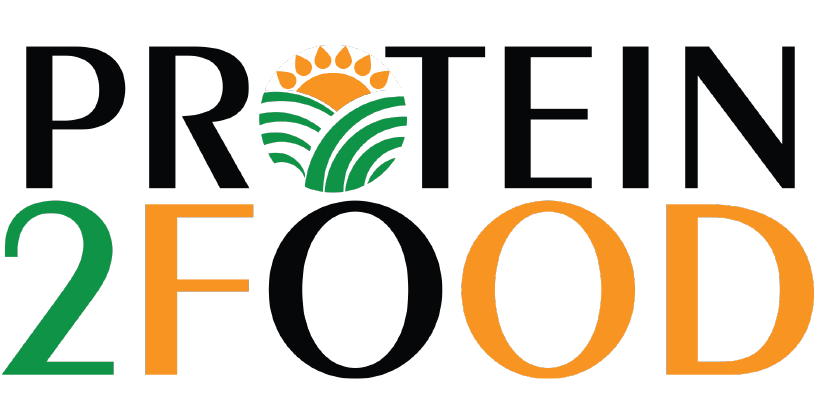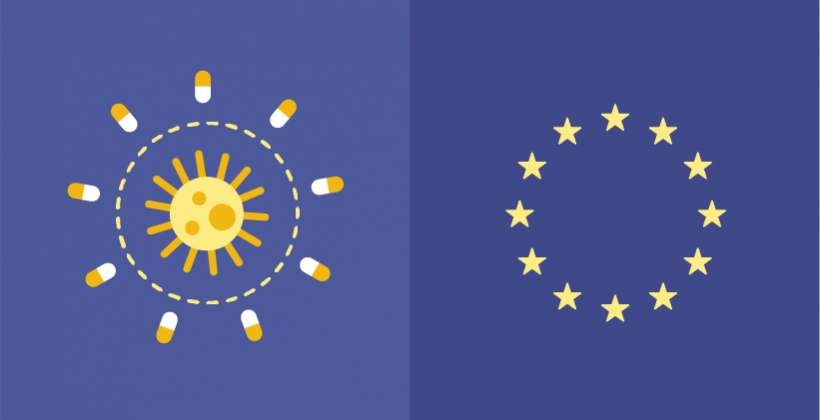Farmed fish: A healthy and sustainable choice?
Last Updated : 06 October 2015Fish and seafood are an important part of a healthy diet, yet increasing demands and overfishing in many parts of the world have led to diminishing marine fish stocks worldwide. Farmed fish is a means of meeting demand, while reducing pressure on wild fish stocks.
Although fish consumption has increased over recent decades, many Europeans do not meet recommended guidelines and should increase their intake.1 Fish and seafood provide essential nutrients associated with good health, including protein, long-chain omega-3 polyunsaturated fatty acids (LC n-3 PUFA), vitamins and minerals. However, worldwide, around 29% of marine fish stocks are overfished and 61% are fished at full capacity.2 Throughout Europe, and the world, efforts have been put in place to make fish supplies more sustainable. The benefits of fish farming, also called aquaculture, have been widely championed by the European Commission.3 With good agricultural practices, farmed fish is a safe, sustainable and nutritious source of seafood that can relieve the burden on over-fished seafood stocks. Farmed fish is also often fresher at the time of purchase and processing.
Nutrient composition of farmed vs wild fish
The nutrient composition of fish is influenced by various factors including species, season, diet, location, life stage and age. In wild fish, nutrient levels vary considerably even within a species.4 Nutrient levels in farmed fish, in particular the fatty acid composition, can be influenced by the feed. Farmed fish provides similar or higher total amounts of LC n-3 PUFA per portion, but also a generally higher fat content than wild fish.4,5
Traditionally, fish-based products such as fishmeal and fish oil have been widely used as feed in carnivorous fish such as salmon. However, with the decline of fishery stocks, there has been a growing shift towards the use of nutrients from plant sources.6
Ongoing research investigates how different feeding practises influence the nutrient composition of farmed fish. Particularly, if plant-based fed fish maintain LC n-3 PUFA content at levels similar to fish fed fish oil or fishmeal. There is some evidence to show that partial replacement of fish oils by vegetable oils in the feed can achieve similar concentrations of LC n-3 PUFA.6 Another promising source of LC n-3 PUFA for fish feed is the cultivation of marine microalgae.7
Safer fish in aquaculture
Years of industrialisation and human activity has led to pollution of the world’s oceans and seas meaning that wild fish and shellfish are exposed to pollutants. The level of contamination in wild fish is largely influenced by their diet. Carnivores such as salmon or tuna are the most likely species to accumulate higher levels of pollutants as they are higher up in the food chain.4 While it is not possible to control the diet of wild fish and while levels of contaminants vary largely by geographical region, the levels of feed contaminants in aquaculture can be closely monitored and controlled.4 EU legislation sets strict rules, including maximum levels for contaminants in feed used in aquaculture, to ensure farmed fish is safe for consumers.3 Furthermore, vaccination programmes reduce disease outbreaks in salmon fish farming.8
As with any other human activity, aquaculture must be managed sustainably and responsibly to minimise damage to the environment. As with many types of farmed animals, aquaculture faces challenges such as disease outbreak, feed production, and waste removal. Well managed fish farms will minimise environmental impacts and fish farm licenses require operational standards to minimise the impacts. EU's environmental standards are among the strictest and most effective in the world.3
Sustainable aquaculture, while aiming to meet the growing global demand for fish and seafood, also helps reduce pressure on wild fish stocks. A five-year EU-funded project called DIVERSIFY is underway to support the expansion of the European aquaculture industry by developing six farmed species for the market. For more information visit the project’s website.
References
- Elmadfa I (ed.) (2009). European Nutrition and Health Report 2009. Basel, Switzerland.
- Food and Agriculture Organization of the United Nations (2014). The State of World Fisheries and Aquaculture. Rome, Italy.
- European Commission project: INSEPARABLE, Eat, Buy and Sell Sustainable Fish
- European Food Safety Authority (2005). Opinion of the Scientific Panel on contaminants in the food chain on a request from the European Parliament related to the safety assessment of wild and farmed fish. EFSA Journal 236:1-118.
- Strobel C, Jahreis G & Kuhnt K (2012). Survey of n-3 and n-6 polyunsaturated fatty acids in fish and fish products. Lipids in Health and Disease 11:144.
- Jensen I, et al. (2012). Farmed Atlantic salmon (Salmo salar L.) is a good source of long chain omega-3 fatty acids. Nutrition Bulletin 37:25-29.
- Adarme-Vega TC, et al. (2012). Microalgal biofactories: a promising approach towards sustainable omega-3 fatty acid production. Microbial Cell Factories 11:96.
- Dhar AK, et al. (2014). Viral vaccines for farmed finfish. Virusdisease 25(1):1-17.
